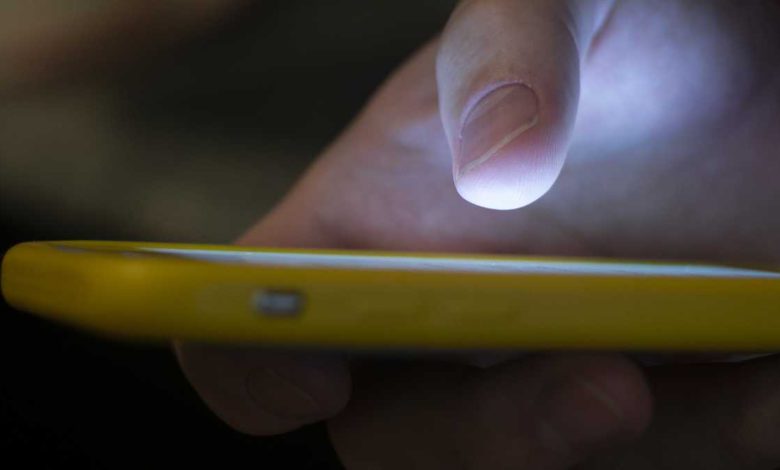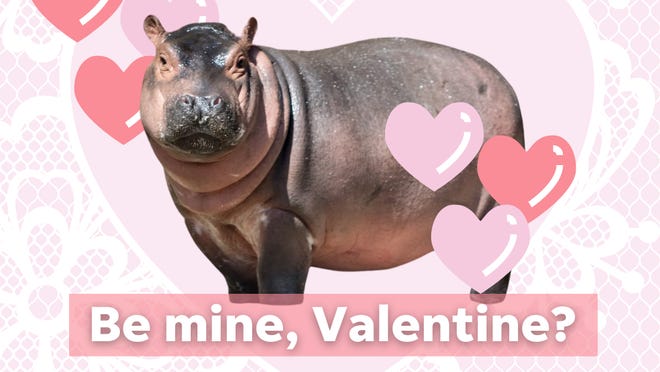

To reach the National Suicide Prevention Lifeline for mental health crises, it now takes only three digits: 988.On Saturday, Vibrant Emotional Health, the nonprofit that operates the lifeline on behalf of the US Department of Health and Human Services' Substance Abuse and Mental Health Services Administration (SAMHSA), launched the 988 dialing code available to everyone across the United States.So far, the dialing code to reach the lifeline has been 1-800-273-TALK, which will remain operational during the current expansion to 988. Text messages can be sent to the three-digit number as well.Veterans can now dial 988 and press 1 to reach the Veteran Crisis Line."One of the goals of 988 is to ensure that people get the help that they need when they need it, where they need it. And so, when a person calls 988, they can expect to have a conversation with a trained, compassionate crisis counselor who will talk with them about what they're experiencing. If it's the case that they need further intervention, then likely the crisis counselor will connect with a local mobile crisis team," Dr. Miriam Delphin-Rittmon, the administrator of SAMHSA, said earlier this month during a call with reporters."Some of the goal is to, where possible, minimize unnecessary contact or connection with police departments when what a person needs is connecting with either a mobile crisis worker or anyone within the mental health and behavioral health system of care," she added.The National Suicide Prevention Lifeline has been in operation since 2005 and is funded by SAMHSA.In 2020, the US Federal Communications Commission's five leaders unanimously voted to finalize 988 as the three-digit number Americans can dial to be connected to the existing lifeline's network of trained counselors.That year, the National Suicide Hotline Designation Act of 2020 became law, amending the Communications Act of 1934 to designate 988 as "the universal telephone number for the purpose of the national suicide prevention and mental health crisis hotline system operating through the National Suicide Prevention Lifeline and through the Veterans Crisis Line, and for other purposes."As 988 will become an easier number to remember for mental health crises -- similar to how people can dial 911 for medical emergencies -- there has been growing concern among leading mental health and suicide prevention groups that 988 call centers may not be ready to handle an anticipated influx of calls.The call line received 3.6 million calls, chats and texts in 2021, and that number is expected to double in the first full year after the 988 transition, according to SAMHSA.Bob Gebbia, the CEO of the American Foundation for Suicide Prevention, told CNN that a "big concern is that the demands might outstrip the capacity very quickly and these centers will be overwhelmed.""When that happens, then calls get dropped, waiting times go up, and the individuals who are on the other end and struggling don't get the connection they need," Gebbia said.Since the FCC's approval in 2020 of 988, the federal government and Vibrant have been gearing up for the nationwide implementation of the three-digit number by providing grants to states to support call centers and actively trying to recruit more crisis counselors.People who are interested in learning more can visit the SAMHSA website.
To reach the National Suicide Prevention Lifeline for mental health crises, it now takes only three digits: 988.
On Saturday, Vibrant Emotional Health, the nonprofit that operates the lifeline on behalf of the US Department of Health and Human Services' Substance Abuse and Mental Health Services Administration (SAMHSA), launched the 988 dialing code available to everyone across the United States.
So far, the dialing code to reach the lifeline has been 1-800-273-TALK, which will remain operational during the current expansion to 988. Text messages can be sent to the three-digit number as well.
Veterans can now dial 988 and press 1 to reach the Veteran Crisis Line.
"One of the goals of 988 is to ensure that people get the help that they need when they need it, where they need it. And so, when a person calls 988, they can expect to have a conversation with a trained, compassionate crisis counselor who will talk with them about what they're experiencing. If it's the case that they need further intervention, then likely the crisis counselor will connect with a local mobile crisis team," Dr. Miriam Delphin-Rittmon, the administrator of SAMHSA, said earlier this month during a call with reporters.
"Some of the goal is to, where possible, minimize unnecessary contact or connection with police departments when what a person needs is connecting with either a mobile crisis worker or anyone within the mental health and behavioral health system of care," she added.
The National Suicide Prevention Lifeline has been in operation since 2005 and is funded by SAMHSA.
In 2020, the US Federal Communications Commission's five leaders unanimously voted to finalize 988 as the three-digit number Americans can dial to be connected to the existing lifeline's network of trained counselors.
That year, the National Suicide Hotline Designation Act of 2020 became law, amending the Communications Act of 1934 to designate 988 as "the universal telephone number for the purpose of the national suicide prevention and mental health crisis hotline system operating through the National Suicide Prevention Lifeline and through the Veterans Crisis Line, and for other purposes."
As 988 will become an easier number to remember for mental health crises -- similar to how people can dial 911 for medical emergencies -- there has been growing concern among leading mental health and suicide prevention groups that 988 call centers may not be ready to handle an anticipated influx of calls.
The call line received 3.6 million calls, chats and texts in 2021, and that number is expected to double in the first full year after the 988 transition, according to SAMHSA.
Bob Gebbia, the CEO of the American Foundation for Suicide Prevention, told CNN that a "big concern is that the demands might outstrip the capacity very quickly and these centers will be overwhelmed."
"When that happens, then calls get dropped, waiting times go up, and the individuals who are on the other end and struggling don't get the connection they need," Gebbia said.
Since the FCC's approval in 2020 of 988, the federal government and Vibrant have been gearing up for the nationwide implementation of the three-digit number by providing grants to states to support call centers and actively trying to recruit more crisis counselors.
People who are interested in learning more can visit the SAMHSA website.
Source link








